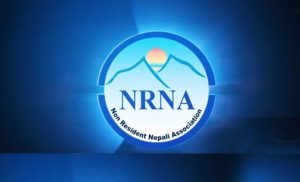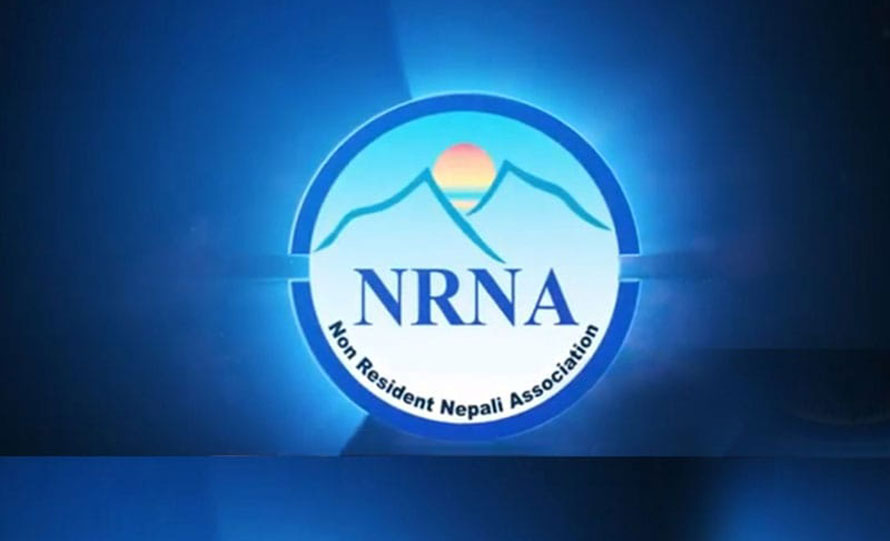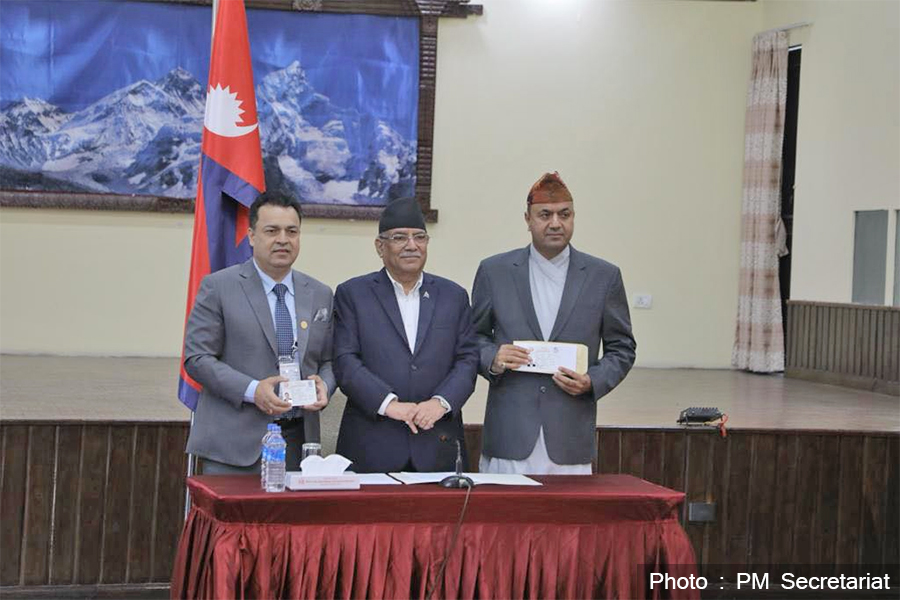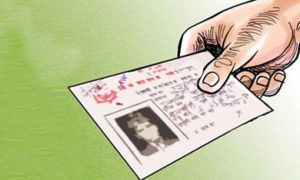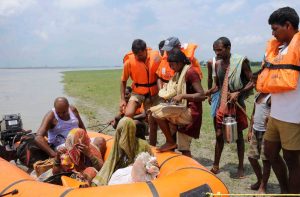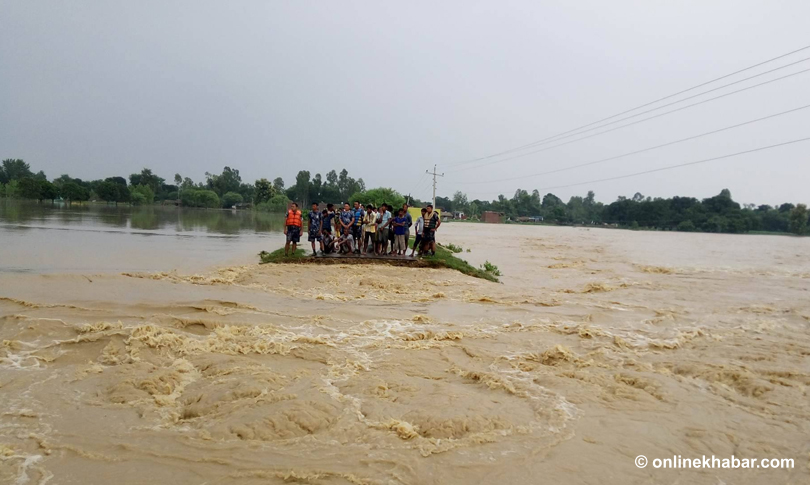
On Thursday August 10, 2017, 1400hrs, Nepal’s weather officials put out an important notice. Officials at the Department of Meteorology and Hydrology were alarmed by the monsoon clouds hovering over eastern and central Terai.
“Our computer models show that water in the Kankai, Koshi and Kamala in the east and and Bagmati and Rapti in central Nepal are likely surpassing alarming levels…we urge everyone to prepare for the worse…”
Within a few hours, as data from around the country came in, weather officials realised that their model was right. As the country went to sleep, little did the people know that they would wake up to a disaster comparable to the the 2015 earthquake, which left thousands dead and homeless.
पूर्वको झापा, मोरङ,सुनसरी,सप्तरी,मध्यको बारा पर्सा मकवानपुर, चितवन, नवलपरासी, रुपन्देही र पश्चिमको बर्दिया, कैलाली कन्चनपुर- Very High Alert pic.twitter.com/qJydUyBTL0
— Nepal Flood Alert! (@DHM_FloodEWS) August 11, 2017
By Saturday afternoon, 49 people had lost their lives, most of them in the southern plains in eastern Nepal. Almost all low-lying areas were inundated and bad weather continued to hamper relief work.
While authorities held emergency meetings to coordinate relief works, Shesh Ghale, the President of Non-Resident Nepali Association, Nepal’s main diaspora body, was also packing his bag to head to Kathmandu from Australia, where he is based.
Within a few hours, he was in Kathmandu taking part in an emergency meeting of the NRNA. On Sunday morning, the NRNA, led by Ghale, decided to establish the fund and to actively distribute relief to the people affected by the disasters.
“We are with the people in this hour of grief,” said Ghale, adding, “We have already received a lot of commitment, we will procure the necessary relief materials and start distributing them.”
Ghale and his wife Jamuna’s MIT Foundation announced that it will contribute Rs 10 million to the fund. NRNA’s Patron Jiba Lamichhane and VPs Bhawan Bhatta and Kumar Panta have pledged Rs 100,000 each for the cause. Other office bearers also announced support for the fund.
The NRNA then held emergency meeting with the Home Minister, and identified Saptrai, one of the worst-hit districts, as the area it wanted to work in. While the urge to head to Saptari immediately to provide relief was there, Ghale and his wife Jamauna took time to prepare well for the operation so that support reaches people where it is required the most.
The death toll had crossed 115.

In Saptari, Ghale and his wife themselves were actively involved in distributing relief materials. The NRNA helped families in Bodosain, Tirhuth, Tilathi, Kojilari Basain and Komadhyapura. According to the NRNA, more than 4,500 families displaced by the floods received tents, food grains, pulses, salt and mosquito nets. The couple even took the initiative to set up health camps in Saptari to help prevent the spread of waterborne diseases.

“Lot of people have been affected by the floods. The relief we have distributed does not compare to the damage they have sustained,” said Ghale. “All we wanted to do was to create an environment in which the people do not die for want of food and shelter. It is up to the government to get things back to normal,” he added.
The situation was like deja vu for Ghale, who was elected president of NRNA, four years ago. In April 2015, the NRNA under Ghale’s leadership, had sprung to action to help Nepalis deal with the devastating earthquake. The NRNA had reached 17,000 households in Nepal with its relief, within hours after the quake.
NRNA officials believe that Ghale and his wife could take quick decisions during the disasters because he has been dedicating all his time to the association, giving priority to his humanitarian work in Nepal over business in Australia.

The Ghales have also been keeping a close watch on the integrated model settlement the NRNA is helping build in Laprak, near the epicentre of the 2015 quake.
When the Ghales return to Kathmandu after their operation in Saptari, where temperature crosses the 40 degree mark on the Celsius most of the time, their priority will be to return to the near-freezing tents of Laprak where houses for 573 families are being built.
In a country like Nepal, where natural disasters have always been so common, the NRNA has been able to set an example for other organisations to follow. As monsoon clouds clear over Nepal, water in the rivers recede and people displaced by the floods return to what is left of their homes. The Ghales and the NRNA jot down important lessons for the next calamity.
Photos: Shreedhar Poudel




